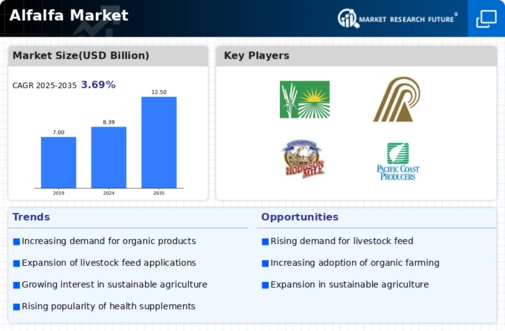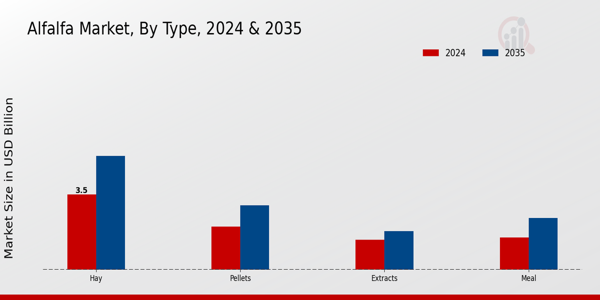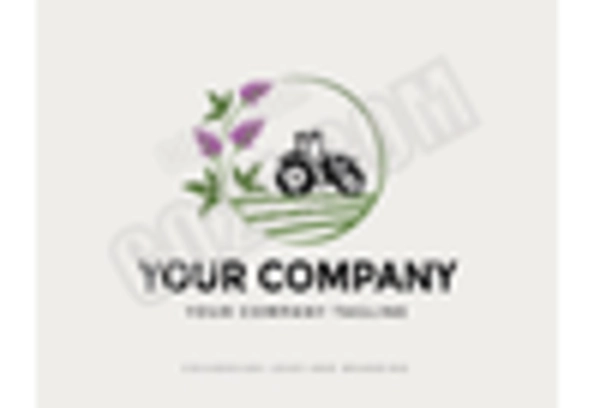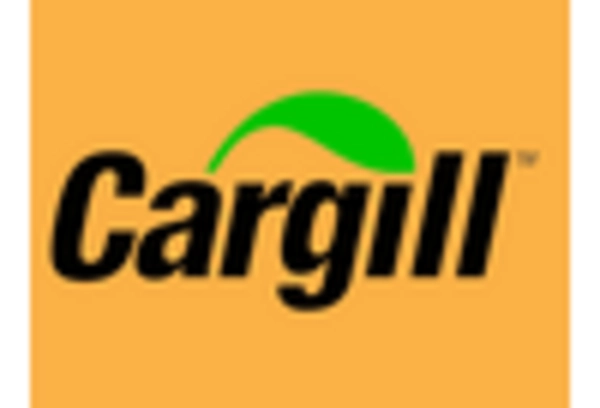Market Analysis
In-depth Analysis of Alfalfa Market Industry Landscape
The alfalfa market is shaped by various factors that influence its growth and dynamics within the agricultural industry. One of the primary drivers of this market is the increasing demand for alfalfa as a high-quality forage crop for livestock feed. Alfalfa is prized for its nutritional value, high protein content, and digestibility, making it an essential component of diets for dairy cows, beef cattle, horses, and other livestock. As the global population grows and demand for animal products such as meat, milk, and eggs rises, the demand for alfalfa as a feed source also increases, driving market expansion.
Environmental factors play a significant role in shaping the alfalfa market. Alfalfa is a highly adaptable and resilient crop that thrives in diverse climates and soil conditions. Its deep root system enables it to tolerate drought, withstand harsh weather conditions, and improve soil fertility through nitrogen fixation. Additionally, alfalfa's ability to sequester carbon dioxide and enhance soil health makes it an environmentally sustainable crop choice. As concerns about climate change and sustainable agriculture grow, alfalfa's role as a valuable crop for soil conservation and carbon sequestration further drives its market demand.
Technological advancements in alfalfa breeding, cultivation, and harvesting contribute to the growth and competitiveness of the market. Plant breeders are continually developing new alfalfa varieties with improved traits such as yield, disease resistance, and nutritional quality. Additionally, advancements in agronomic practices, irrigation technologies, and precision farming techniques help optimize alfalfa production, reduce input costs, and increase yields. Moreover, innovations in harvesting equipment, such as hay balers and forage harvesters, improve efficiency and quality control in alfalfa hay production, further driving market growth and profitability.
Market demand for alfalfa is also influenced by the livestock industry's changing dynamics and preferences. As livestock producers seek to optimize animal nutrition, health, and performance, they prioritize high-quality forage sources such as alfalfa. Moreover, as consumer preferences shift towards organic, grass-fed, and pasture-raised animal products, there is a growing demand for organic and non-GMO alfalfa for livestock feed. Additionally, the increasing adoption of intensive feeding systems and confinement operations in the livestock industry drives demand for alfalfa hay as a staple component of total mixed rations (TMR) and silage diets, further stimulating market growth.
International trade and export markets play a crucial role in the alfalfa market, with significant volumes of alfalfa hay traded globally. Alfalfa-producing regions with favorable climates and abundant water resources, such as the United States, Canada, Argentina, and Australia, are major exporters of alfalfa hay to markets around the world. The demand for alfalfa hay in export markets is driven by factors such as domestic livestock production, feed shortages, and quality preferences. Moreover, the growing popularity of alfalfa pellets and cubes as convenient feed options for export markets further expands the global reach and trade opportunities for alfalfa producers.
Price competitiveness is another important market factor in the alfalfa industry. The price of alfalfa hay is influenced by various factors such as supply and demand dynamics, weather conditions, transportation costs, and quality considerations. Fluctuations in commodity prices, currency exchange rates, and trade policies also impact alfalfa prices in domestic and international markets. Moreover, seasonal factors such as harvest timing, weather events, and forage quality affect price volatility and market dynamics. As a result, alfalfa producers and suppliers must closely monitor market trends and adopt strategies to optimize pricing and profitability in a competitive market environment.
Consumer preferences and dietary trends also influence the alfalfa market indirectly through its impact on livestock production systems and feed formulations. As consumers demand products from animals raised with sustainable and ethical practices, livestock producers prioritize forage-based diets and pasture access for their animals. Additionally, as concerns about animal welfare, antibiotic use, and environmental sustainability grow, there is a shift towards more natural and plant-based feed ingredients such as alfalfa in livestock diets. Moreover, as the demand for organic and non-GMO animal products rises, there is a corresponding increase in demand for organic alfalfa as a feed source, further driving market growth and differentiation.
In conclusion, the alfalfa market is influenced by a combination of factors including demand for livestock feed, environmental sustainability, technological advancements, livestock industry dynamics, international trade, price competitiveness, consumer preferences, and dietary trends. As the global population grows and demand for animal products increases, the demand for high-quality forage crops such as alfalfa is expected to continue rising. Producers and suppliers in the alfalfa market must adapt to changing market dynamics, embrace technological innovations, and respond to consumer preferences to remain competitive and capitalize on opportunities for growth in the dynamic agricultural industry.










Leave a Comment